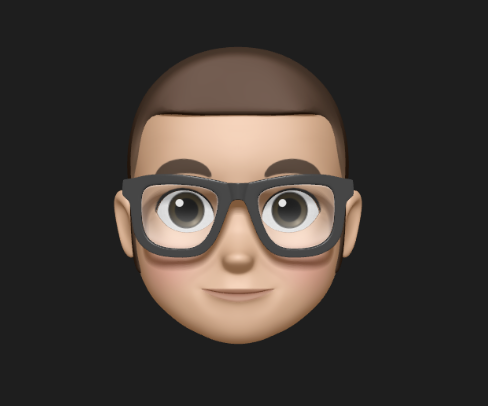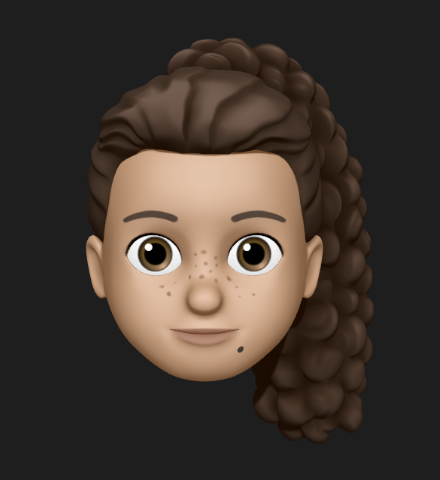 Freelancer tips
Freelancer tips How to Stop Procrastinating: Strategies and Practical Tips
Learn how to stop procrastinating by putting these proven strategies and tips into practice so you can be productive again and focus on what matters.

![Types of Charts: What They Are and When to Use Them [+ Examples]](http://images.ctfassets.net/h9i30ml9c3lu/6jKF6nNUykuxE9vBO2kGrw/38638f513a58384d8a46bc66f40c69b6/chart-types.jpg)

Doing your job well as a freelancer often involves showing results, explaining ideas, and presenting data like a pro. But with the right chart, convincing a client, making decisions, or simplifying information becomes easier.
However, there are over 25 types of charts if we include the most common ones, their variants, and other more specialized versions. And yes, each one has a specific function, so you can’t just use any chart at random.
So, take note.
In this post, we’ll show you the most popular types of charts and when it makes sense to use them.
Charts are visual tools designed to turn data into understandable and structured images. They help detect patterns, compare values, or display trends in an intuitive way.
The main goal of a chart is to make information easier to read, analyze, and act on.
Also, if you work as a freelancer, you can choose from different types of charts depending on what you need to communicate. Especially if you're in marketing, data analysis, software development, or even report writing.
Charts can help you:
Visualize data clearly, making it easier to understand for both you and your clients.
Support strategic decisions by presenting metrics, results, or projections more persuasively.
Add visual value to deliverables, making them more professional and easier to read.
Save time, as one chart can replace entire paragraphs of explanation.
Grab and hold attention—key when presenting proposals, portfolios, or reports.
Centralizing data and visualizing it facilitates the interpretation of complex information. Even more so if it comes from multiple sources, thus reinforcing strategic decision making.
But it’s important to know what elements a chart needs to achieve the desired result.
A chart can do its job and communicate effectively if it has the right components. Each element serves a specific purpose that adds clarity to the visual:
Title: Offers a quick overview of what the chart is about.
Axes: Provide structure. Usually, the horizontal axis (X) shows categories or time, and the vertical axis (Y) shows values.
Data or series: The visual elements that represent information: lines, bars, bubbles, etc.
Gridlines: Background lines aligned with the axes that help you locate data points more precisely.
Legend: Helps identify what each color, symbol, or pattern represents. Very useful when there are multiple data series.
Labels: Numbers or texts that accompany data points. In technical or financial contexts, they let you read exact values without confusion.

Mastering these components helps you create clearer, more effective, and professional charts.
There are many types of charts, and not all serve the same purpose. Choosing one depends on what you want to show or communicate and whether it fits your goal.
Here are 10 common chart types and when to use them to your advantage:
These are types of statistical graphs that stand out for their visual clarity and ease of data comparison.
Their design handles different categories with bars, and the longer they are, the higher the value. So, you can visualize very quickly which option has more or less quantity.
Illustrative example:

When to use it?
When you need to display survey results, compare campaign performance, analyze revenue by project or view statistics by category.
There are also stacked, grouped or horizontal versions to use depending on the type of data and space available.
A Gantt chart is a tool that facilitates the visualization of a project schedule. It represents each activity as a horizontal bar, the length of which indicates its duration.
Illustrative example:

When to use it?
The Gantt chart is used to show how long each task takes and when it should be performed. It is therefore ideal for planning deliverables, allocating time and avoiding bottlenecks by distributing tasks according to start and end dates.
This chart shows the relationship between two numerical variables through dots. Each dot represents a data point based on its X and Y values.
Tightly grouped dots mean stronger relationships; scattered ones suggest weaker correlations.
Illustrative example:

When to use it?
To identify patterns or trends. For example, analyze how budget correlates with outreach.
This type of chart is not as common as the traditional Venn diagram, but offers a progressive approach. Unlike the classic diagram, this format highlights changes or expansion of categories.
Areas are stacked to represent growth or evolution between related variables.
Illustrative example:

When to use it?
When you want to represent the evolution of your customers' needs according to different factors or stages of the project. Or perhaps to analyze your growth as a freelancer.
The best graph for representing percentages is, in many cases, the pie chart, also known as a pie chart. Why? Because it clearly visualizes how a total is divided into parts, with each segment representing a proportion of 100%.
Illustrative example:

When to use it?
You can use it to show how your time is divided between tasks, how a budget is distributed or how your customers responded to a survey.
Although not always included in traditional classifications, a pictogram is a visual way of representing data. The difference is that it uses images or icons instead of bars, lines or dots.
In a pictogram, each icon represents a specific amount of units or data.
Illustrative example:

When to use it?
This type of chart is ideal for more visual or didactic presentations. Therefore, it works well for displaying statistics in social networks, portfolios or infographics.
It is similar to the scatter plot, but adds an extra dimension: the size of each bubble indicates the value of a third variable. So, you can see not only the relationship between two axes, but also compare volumes or magnitudes.
Illustrative example:

When to use it?
As one of the comparative graphs, it is useful when you have to relate at least 3 variables at the same time. For example, your revenue, the number of projects and the time spent on each client.
You can also use it for performance reports with multiple variables.
It shows how values change over time and how much they represent. To do this, it uses filled shapes that highlight the magnitude of each datum and its evolution, allowing you to see increases, drops or accumulations clearly.
Illustrative example:

When to use it?
If you want to visualize your revenue growth, compare results between services or show how projects are distributed month by month. It also helps you spot general trends across categories.
This graph connects dots with lines and also allows you to visualize the evolution of the data over time.
The points represent a value at a specific time, and the line connecting them helps to follow the progress of the data.
Illustrative example:

When to use it?
It is often used in sales analysis, growth metrics or web traffic. They allow to detect patterns, variations or trends, whether ascending, descending or stable.
A histogram groups data into ranges or intervals and shows how many values fall within each.
Unlike a bar chart, its columns are joined, since they represent continuous data. Thus, you can instantly visualize the shape, concentration or dispersion of a data set.
Illustrative example:

When to use it?
It is a good choice when the objective is to analyze distributions, detect biases or identify outliers. For example, when assessing the age of your target audience, especially if you have a large sample and want to understand how it is distributed.
These 10 chart types have the ability to communicate complex information more clearly and professionally. Just pick one that fits what you're looking for.
According to a PubMed study, visualization tools make it easier to analyze large volumes of data by reducing cognitive load. While the report focuses on public health, it applies to any area where complex data is analyzed, including in the freelance sector.
Among the options reviewed, several function as comparative graphs; examples are bar charts or pie charts. Although they are not the only ones to visualize differences or similarities clearly.
But in general, they are all considered types of statistical graphs when organizing, representing and analyzing data in a visual format. The difference is in their approach, as some are more analytical and others are more explanatory or visual.
So, take advantage of them to improve your presentations, analytical skills and decision making.
Do you work with clients who pay with dollars?
Download DolarApp and activate your account in digital dollars (USDc) to charge for your freelance services. You can easily convert them to pesos, without complications or hidden fees and at a fair exchange rate.

Los países tienen fronteras. Tus finanzas, ya no.
 Freelancer tips
Freelancer tips Learn how to stop procrastinating by putting these proven strategies and tips into practice so you can be productive again and focus on what matters.

 Freelancer tips
Freelancer tips Discover what burnout syndrome is, its main causes and symptoms, and what you can do to prevent it and regain balance.

 Freelancer tips
Freelancer tips Business intelligence can help you gain a clear view of your company’s performance. Discover how to use it to make better decisions.


